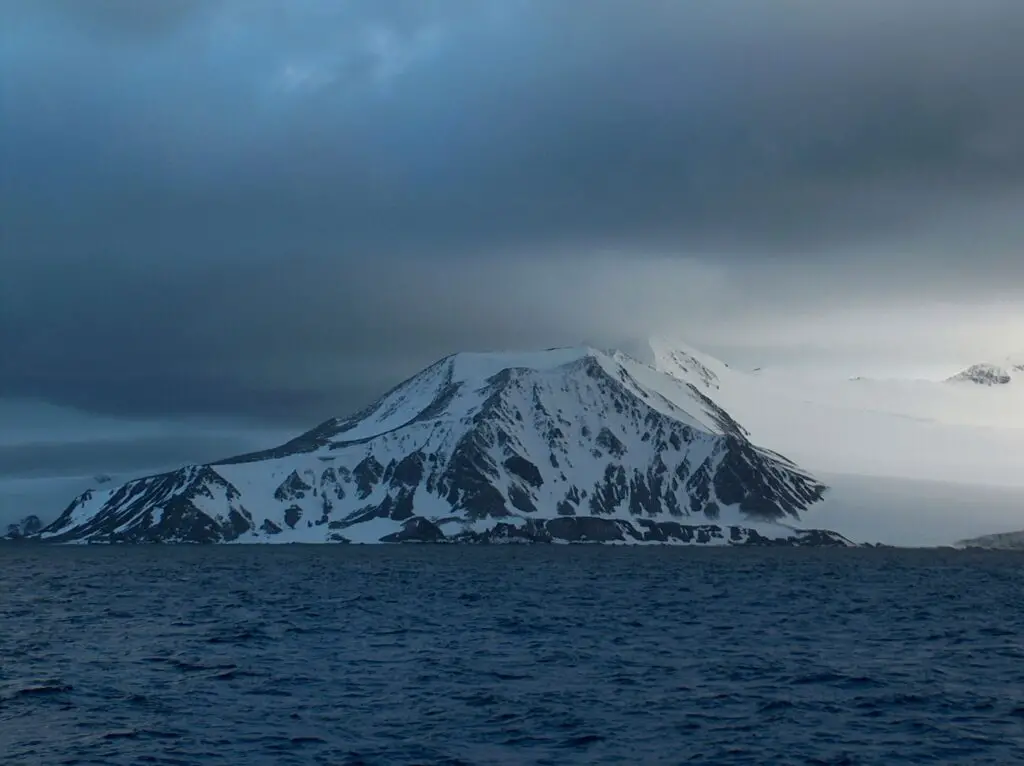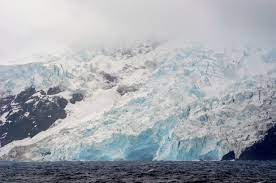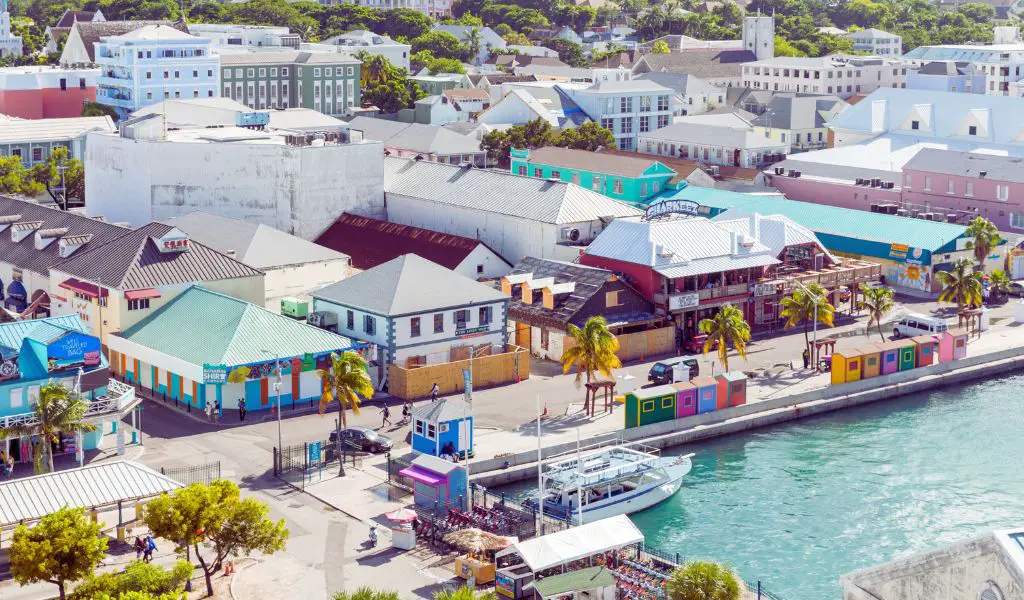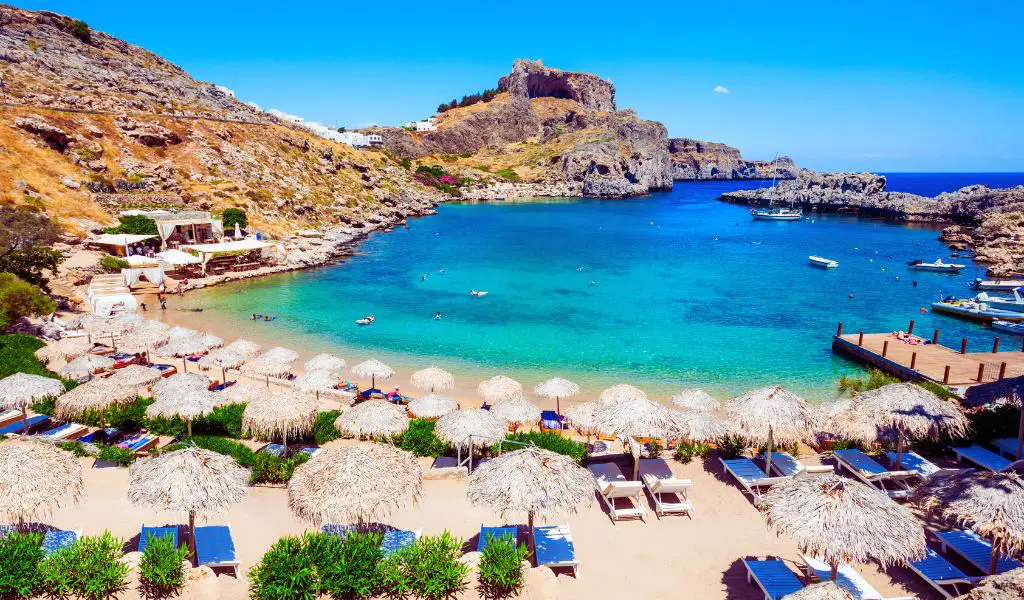In==Steeped in mystery and cloaked in isolation, Bouvet Island has always been an intriguing paradox for world travelers and geographers alike. This remote island, located in the South Atlantic Ocean, is an unspoiled example of nature’s raw beauty.
Geographic Wonders
Cloaked in ice and snow, Bouvet Island is an untouched wonderland for geology and geography enthusiasts.
This desolate island is a volcanic entity, a distinct feature evident in its rugged landscape. The island is almost entirely covered by a glacier, which gives it a captivating yet ominous appeal.
This glacial coverage lends the island an ethereal beauty, with icefalls and crevices decorating its topography.
Notable Landmarks and Attractions
Although uninhabited, Bouvet Island is not devoid of landmarks.
The island’s most prominent attraction is its highest peak, Olavtoppen.
Named after King Olav V of Norway, Olavtoppen stands as a proud testimony to the island’s volcanic heritage.
A Peek into History
The island’s history is as enigmatic as its geographical location.
Discovered by French explorer Jean-Baptiste Charles Bouvet de Lozier in 1739, it took another century before the island was located again.
The island was annexed by Norway in 1927, which it remains a part of to this day.

Popular Activities: Research and Expeditions
As one of the world’s most remote islands, Bouvet Island attracts scientists and adventurous souls who dare to venture into the unexplored.
Although the island doesn’t cater to conventional tourism, its isolation and pristine ecosystems make it a unique site for scientific research and expeditions.
Population
Despite its many wonders, Bouvet Island remains uninhabited by humans due to its harsh climate and inaccessible terrain.
It’s only inhabitants are various species of seabirds and seals that have adapted to its severe conditions.
When to Go
Visiting Bouvet Island is a feat that can only be accomplished with proper planning and the right weather conditions.
Given the island’s Antarctic climate, the best time to visit is during the Southern Hemisphere’s summer, typically from December to February.
During this period, the temperatures are slightly milder, making it safer for expeditions.
How to Get There
Reaching Bouvet Island requires a well-equipped expedition ship. As there’s no airport or docking facilities on the island, access is typically made by Zodiac boats.
These journeys are often organized by specialized travel companies or scientific research groups.
Highlights
Bouvet Island may not offer typical tourist attractions, but it has a plethora of unique highlights for those with an adventurous spirit:
The Incredible Landscapes: The island’s glacier-draped landscape provides unparalleled opportunities for photography and exploration.
Wildlife Encounters: Home to an array of seabirds and seals, the island offers an excellent opportunity for wildlife observation.
Research Opportunities: For scientists and researchers, the island offers an unspoiled ecosystem to study.
What You Should Know
Visiting Bouvet Island is not for the faint-hearted.
It’s a journey that demands preparation, resources, and a strong will to face unpredictable weather and challenging terrains.
It’s crucial to respect the island’s pristine nature and adhere to all environmental regulations.
Is Bouvet Island Accessible for Tourist Visits?
Given its remote location and harsh conditions, Bouvet Island isn’t a traditional tourist destination. Visits are typically limited to research purposes and expeditions by well-equipped teams.
Are There Any Facilities on Bouvet Island?
Bouvet Island does not have any facilities for visitors, such as hotels or restaurants. All expeditions must be self-sufficient, carrying all necessary supplies.
Who Administers Bouvet Island?
Bouvet Island is a dependency of Norway. The Norwegian Polar Institute is responsible for administering and protecting the island’s environment.





